
1. Don’t be afraid to dine alone.
Toronto food writer and editor Karon Liu says some of his most educational experiences have come when he’s dined alone, sitting close to the kitchen or bar, chatting with staff. “Sometimes the chef comes out, you can order directly from them and learn about the food.”

2. Be prepared for a sodium overload.
A 2013 University of Toronto study found the average meal at 19 sit-down restaurants contained 151% of the sodium and 56% of the calories an adult should consume daily. “Eat half and save half,” recommends Laura MacLean, a spokesperson for the Dietitians of Canada.
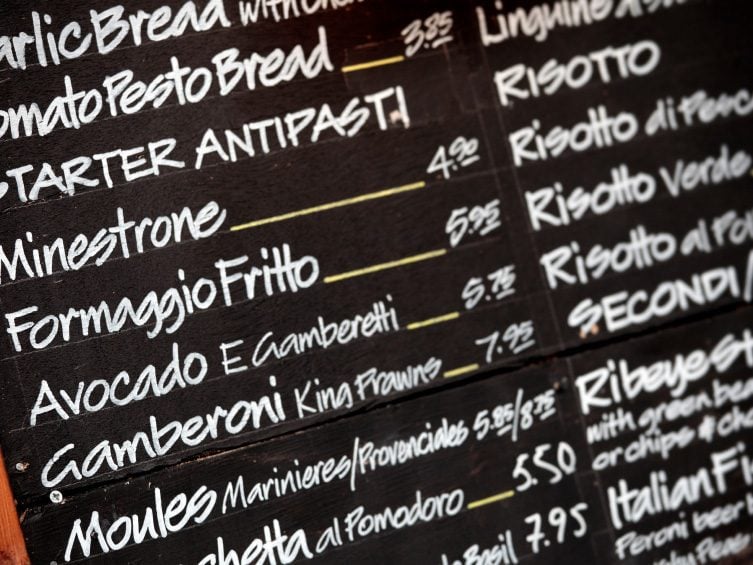
3. Read the restaurant menu critically.
Beware of subtle tricks. Restaurants can make menu items seem appealing just by naming them the right way, according to a study from New York’s Cornell University. Researchers found items with descriptive titles had 28% higher sales rates than the same dishes with plainer names. Avoid menu traps by asking your server questions.
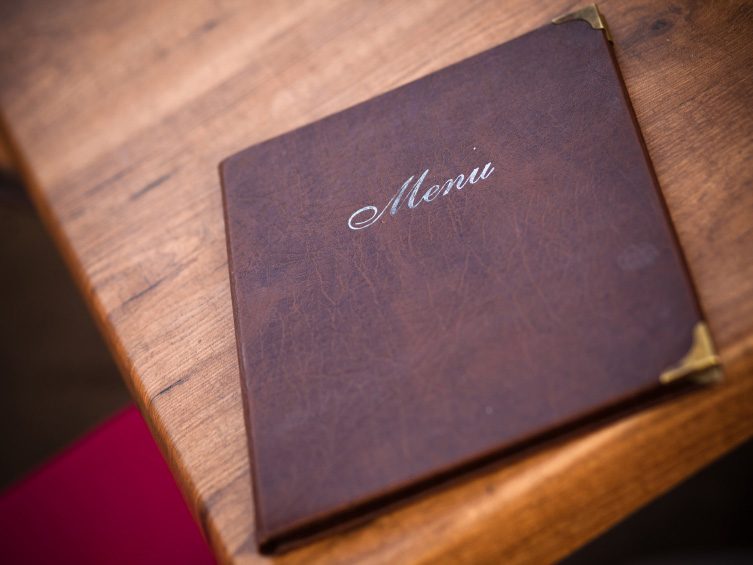
4. A restaurant’s prix fixe menu isn’t always the best bargain.
Prix fixe menus offer pre-chosen courses for a discount, but they’re not necessarily the best value. According to Adrian Caravello, a professor in the food and beverage management program at Toronto’s George Brown College, it’s a business strategy. Large quantities are prepared in advance, and undersold menu items can gain exposure on the prix fixe menu.
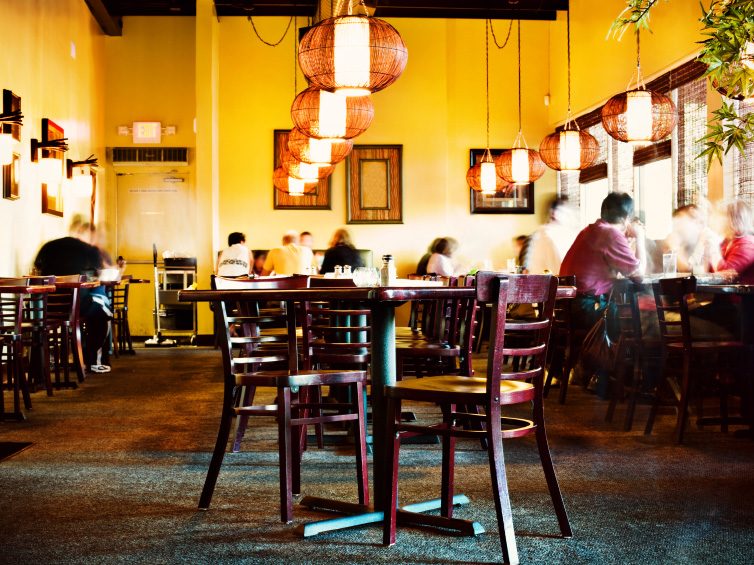
5. Choose the right time to dine at a restaurant.
Liu recommends eating between 6:00 and 7:00 p.m. That’s when restaurants tend to be less busy, and you can often get in without a reservation. A 2012 study from Cornell University showed that a calm atmosphere, paired with soft light and music, led subjects to eat less and feel more satisfied.

6. Restaurant servers are people too.
Wait staff are there to serve, but that doesn’t mean they aren’t human. Your demeanour can affect your service. Caravello says, by setting a talkative, friendly tone, the server will know to respond in kind.
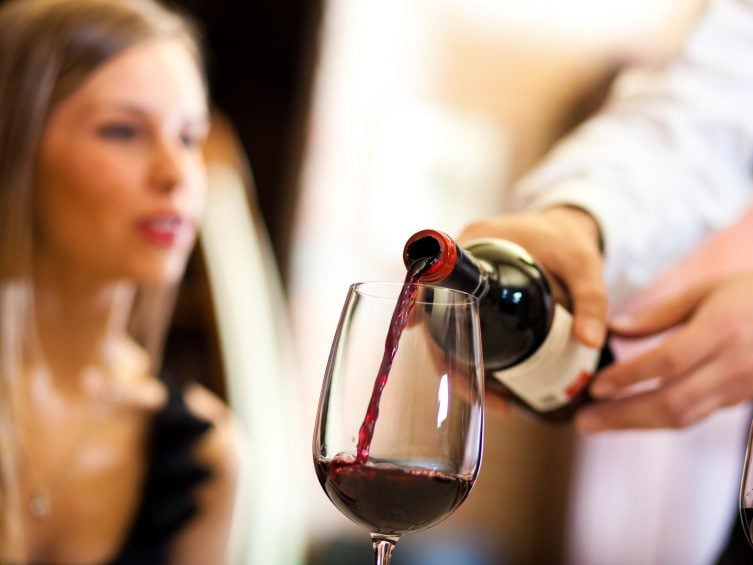
7. Don’t disregard a restaurant’s house wines.
The “house wine” label isn’t suggestive of high or low quality, Caravello says. These wines tend to be standard whites or reds that offer good value if you’re not too particular about what you drink.

8. Calculate the restaurant bill before it arrives.
By adding 20 to 30% of the displayed price on the menu, you can account for your province’s sales tax and a 15 to 20% tip without a calculator.
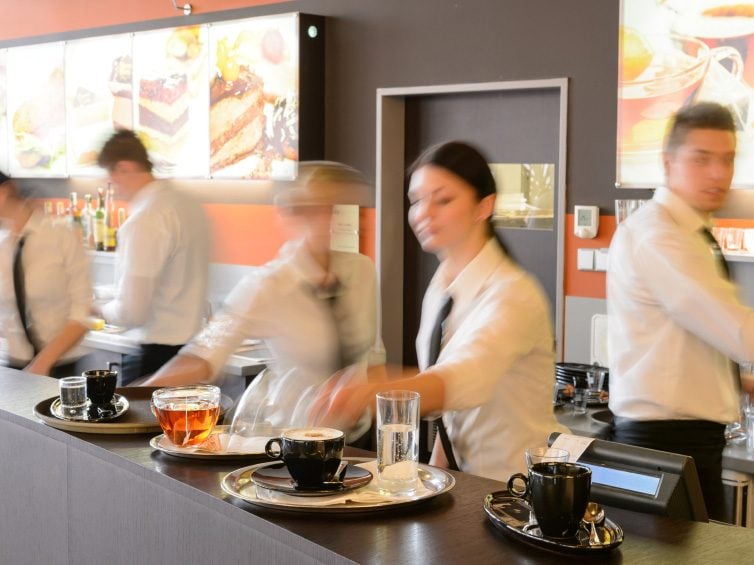
9. Choose a bustling restaurant.
A busy restaurant indicates quality, Caravello says. Trust reputation: If a place is known for something, it will likely deliver.
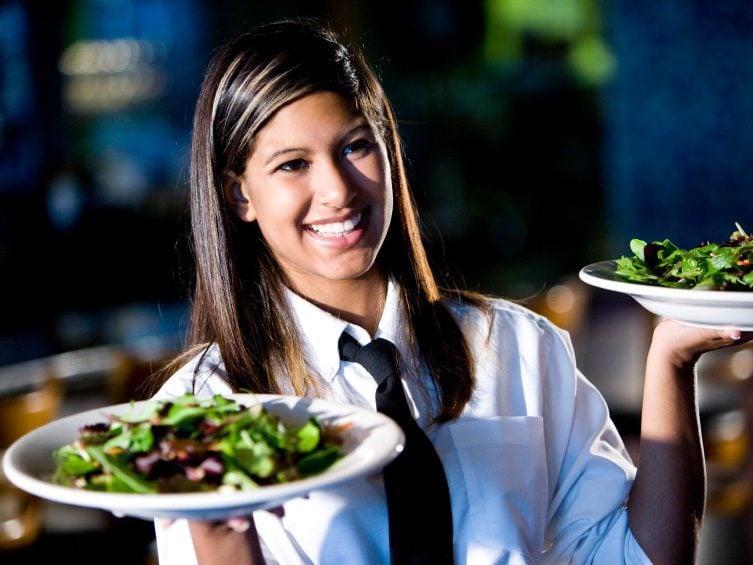
10. What you should know before requesting substitutions.
Most dishes are prepared at least partially in advance. Only things like salads are assembled upon ordering. If you want a substitution, Caravello says a good restaurant will try to oblige, although changes to the protein are the hardest to accommodate.

11. How to handle a problem when dining out.
When something’s wrong, be prompt and direct. If there’s a problem with the food, tell your server; if there’s an issue with the service, tell a manager. The goal is to enjoy your experience.
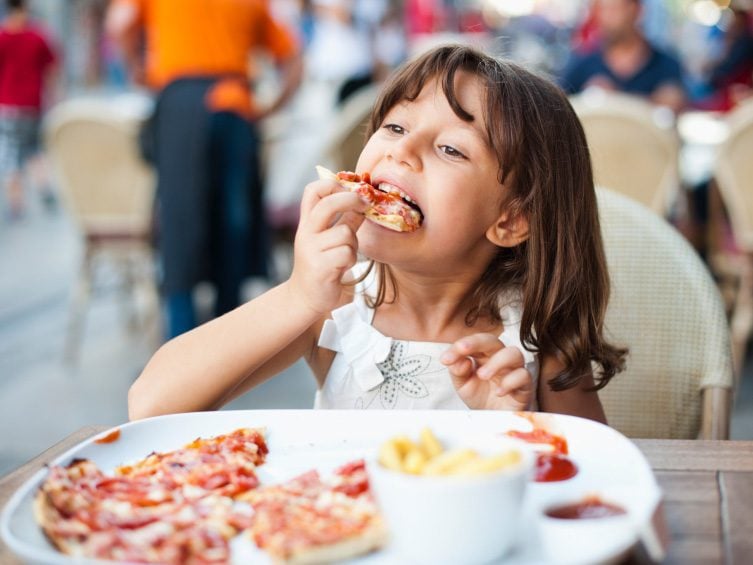
12. Think outside the children’s menu.
When taking kids to a restaurant, don’t feel limited to the options on the children’s menu, which are often salty and fried. If you see something that your child enjoys on the regular menu, ask if the kitchen can prepare a smaller portion.
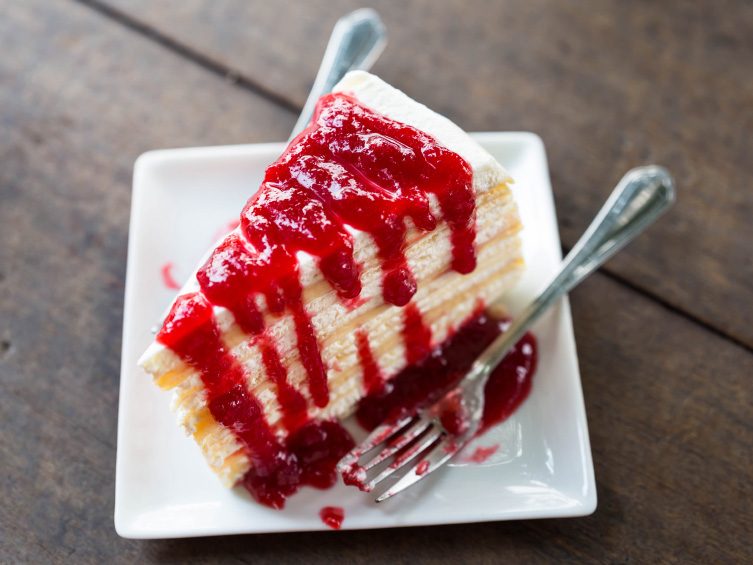
13. Resist a full serving of dessert.
Split dessert. An average restaurant dessert contains about a quarter of your daily calories and nearly 50 grams of sugar. Often a bite will satisfy your craving.